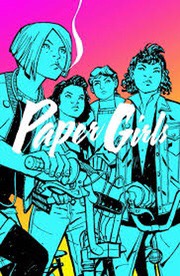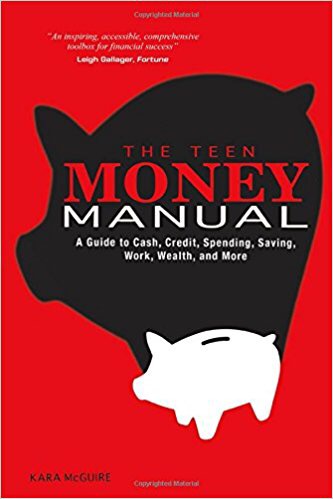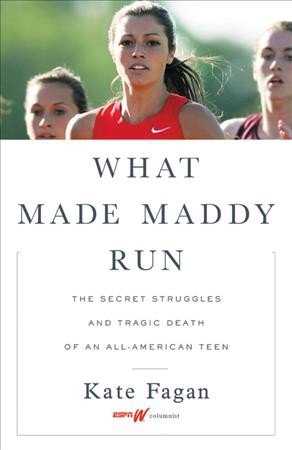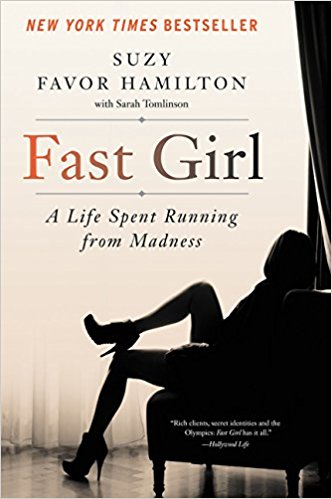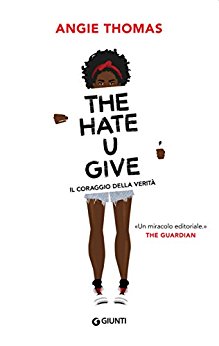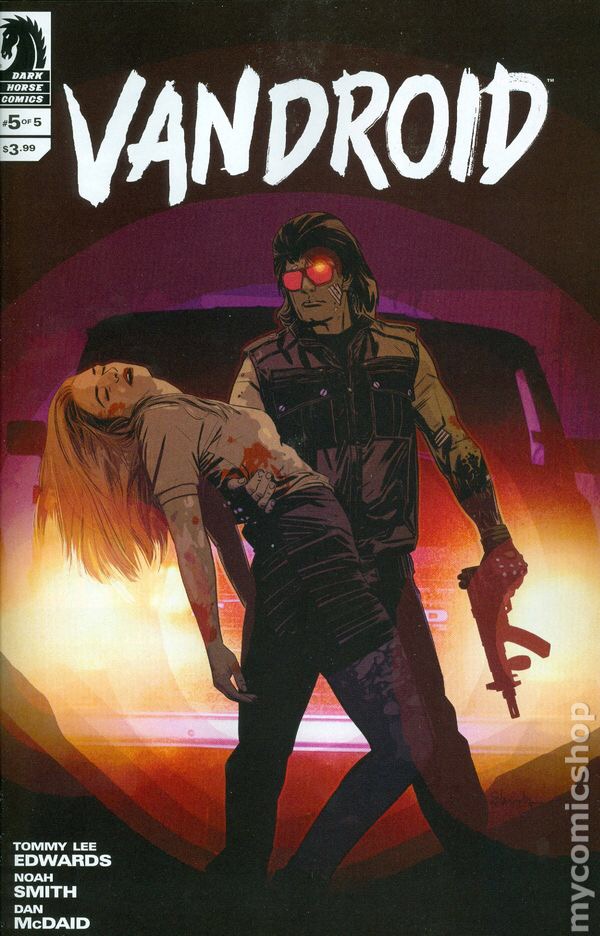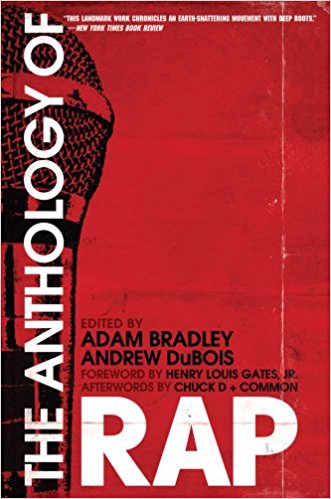
As a Latina woman, I have become particularly interested in the idea of providing diverse materials for teen in my library’s collection. When I was a teenager, I scarcely read books related to my ethnicity. Although I read books which starred white females, usually with money and enjoyed them, I always wished to find books with the Latina hero or African-American. Some one like me. However, I lived in Brighton Beach, predominantly Russian. Books for black interested had to be held for me and sent from a different branch. This part of diversity enticed me most from the Booth and Jensen reading. It is important to provide materials related to teens for them have interest to be regular patrons. I, as a teen, was an avid reader so I read whatever was made available to me. Also, take into consideration the demographics of the branch’s community. Yes, we as librarians need to put hot trends, like The Hunger Games on the shelves, but discover what teens are into these days (Booth and Jensen, p. 94).
As a librarian, I would also like to communicate with the teens about what they would like to read. We, as adults, are choosing these materials for teens but we need to listen to what they have to say. One of the many memorable things I’ve read that really enlightened me was the use of the word “young adult” in Agosto’s article being called out on by a teen. She was confused by the term and I think it is important to note because it showed the librarian the slightest details could impact how teens view the collection in the library.
I think one of the resources that help pick these materials is NoveList Plus, found in our library database. It’s very easy to use and you can navigate what’s new and popular, be genre specific, and age specific. It’s definitely something I’d look into as a librarian to help me develop the collection.
Update: This semester, I’ve maintained my stance on how I’d like to be as a librarian. I’d also like to stress the importance e-books plays in the library. Through out the course I’ve accessed many of the required materials throw NYPL and BPL’s online catalog. This is very important for teens today as they relate to a technical world. Kindle, iPads, Nooks and other e-readers are a powerful tool and if we teach our kids how to use them we will be able to stay in sync with them.
Another important discussion was intellectual freedom. We should not censor teens to materials. I highly believe in letting them read what interests them. Heavily discussed was that we aren’t responsible for what they check out. I encourage independence of what materials they would like to access. I am not the parent. I’m just there to guide and assist. In the end it is their decision.
Agosto, D. (2013). “Envisaging Young Adult Librarianship from a Teen-Centered Perspective.” In Transforming Young Adult Services, edited by Anthony Bernier, pp. 3352. Chicago: Neal-Schuman.
Booth, H. & Jensen, K. (eds.) (2014). The Whole Library Handbook: Teen Services. Chicago: ALA pp. 91-104.



